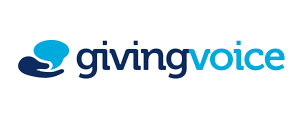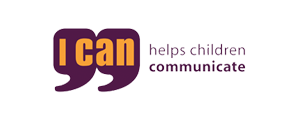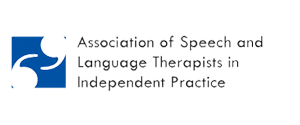The AAC assessment will assess multiple aspects of the child's needs, abilities and goals. At your initial assessment a detailed case history will be taken, including questions on where and when your child tries to communicate, any strategies that they already have in place, your goals and any other issues concerning accessibility can be discussed here.
The speech therapist will then look at the child's physical skills, language skills, communication skills as well as their motivation and interest into communicating with others. It is important that a child is motivated to communicate, otherwise they will not have the enthusiasm to learn how to use their device. It can be difficult to learn how to use a completely new system so both the children, parents and carers must be motivated to communicate with one another. All of these aspects will provide information as to which AAC system is most appropriate for your child.
Optimal seating, positioning and the child's motor ability may also be assessed during the initial assessment depending on their condition.
As a child's AAC system is implemented, part of the therapy is to have a continuous assessment of the child and their use of the device. Other aspects of AAC such as size, type and placement of symbols as well as language input and output options will be continuously monitored and assessed to ensure your child's AAC device is appropriate at all times.








